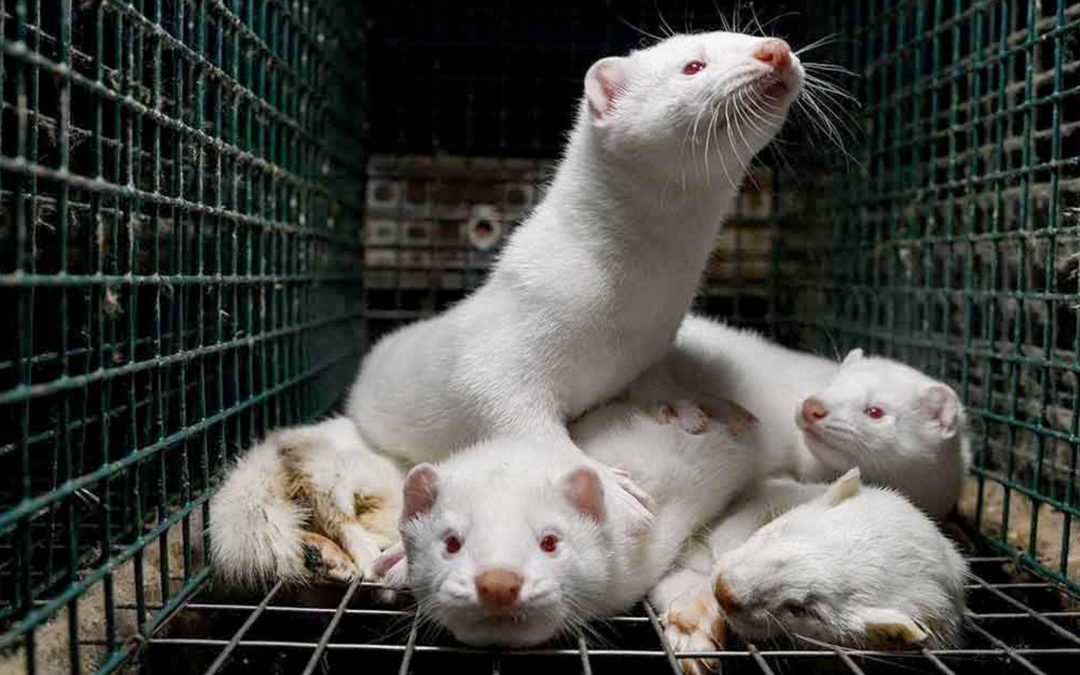The Finnish Food Authority has declared that all minks be euthanised at fur farms where avian influenza has been detected.
According to the Finnish Food Authority, this decision has been made because the upper respiratory tract of a mink contains receptors that can bind to both avian and human influenza viruses. This, says the Finnish Food Authority, makes minks sensitive to infections caused by both types of influenza, and this species can, therefore, be more effective than other mammals as an intermediate host for avian influenza, enabling the virus to mutate more effectively into a form that will infect humans.
Based on genetic investigations, the Finnish Institute for Health and Welfare noted that some of the viruses found in fur animals had mutations indicating that the virus has adapted due to mammalian infections. Viruses bearing mutations that enhance the replication of the virus in mammalian cells were found on 2 farms.
Reuters reports that the number of farmed mink and foxes to be culled at 3 fur farms stands at 50,000.
“To prevent such variants of the virus, it is important to put down all minks at infected fur farms, says the Authority. It added that decisions on putting down foxes and raccoon dogs are made on a case-by-case basis, “impacted by the extent and intensity of the symptoms of avian influenza at the farm”.
So far, the Finnish Food Authority has issued euthanasia orders for the animals of 3 fur farms while preparations for new euthanasia orders continue. According to current data, avian influenza has spread to 21 fur farms in Finland. The first results from whole-genome sequencing indicate wild birds, particularly the black-headed gull, to be the source of infection.

